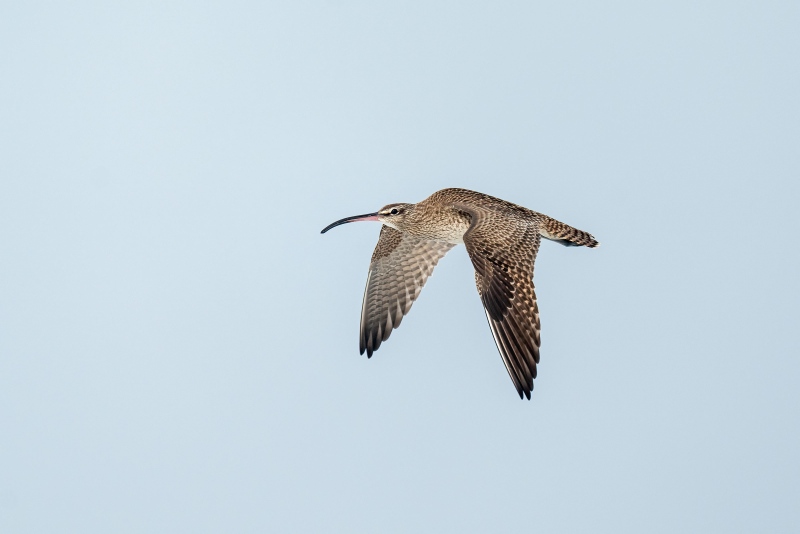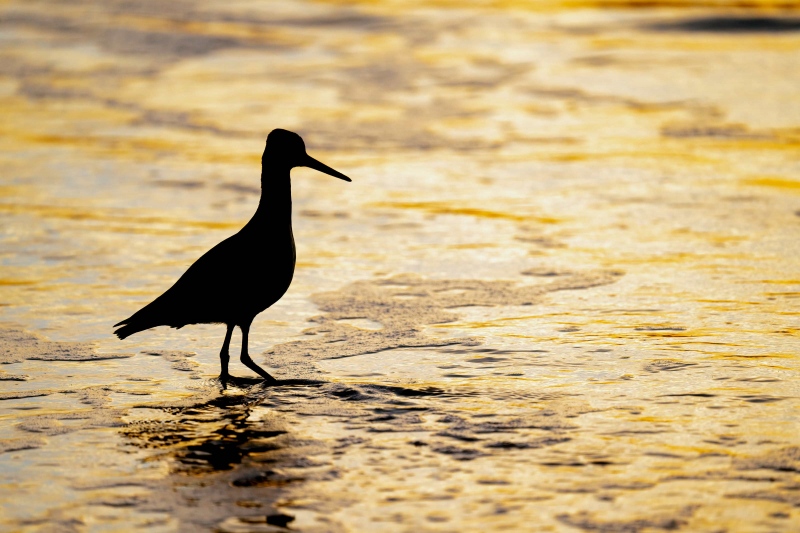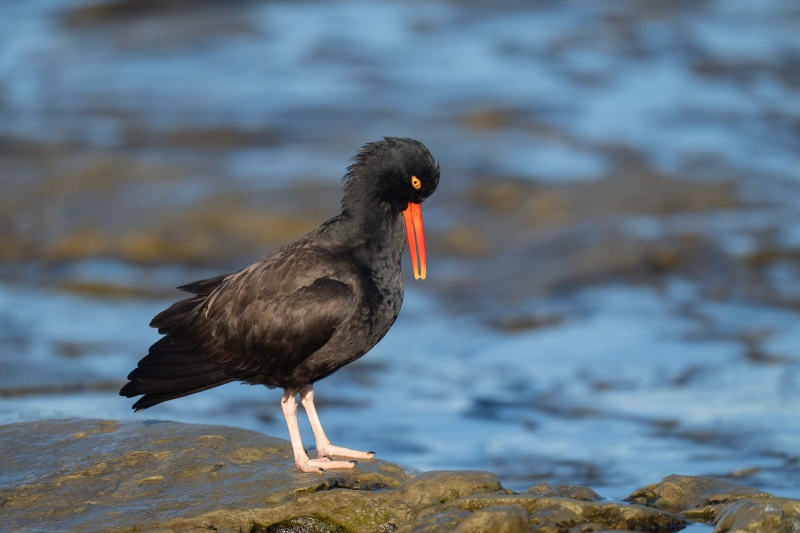This Just In!
I went down to the lake well before I finished today’s blog post and had an incredible morning at the eagle nest. I could have been really famous when one of the adult eagles flew in with a fish, but I had the exposure set for the nearly all-black baby eagles and — in that moment — forgot about papa’s white head. If you had signed up for an In-the-Field Session this morning, you would have been over the moon! If you live in Central Florida or are visiting right now, it might behoove you to give me a buzz today as the weather is looking even better than it was today with an east wind.
Eaglets in the Nest Indian Lake Estates In-the-Field Workshops
Join me for two hours of instruction at Indian Lake Estates any day from now through the morning of Monday 13 February: $200.00. Add a working brunch with image review and a Photoshop session for another $100.00 to round out an incredibly educational morning. Though we will concentrate on the baby eagles, there is lots going on right now. Backup subjects include Sandhill Cranes, Ospreys building nests, and more. If you would like to set up a session on a suitable weather morning, please contact me via e-mail.
The Homer IPTs
It’s Never Too Late!
I hate sailing with a less than full boat. If you would like to make a low-ball offer on one or more of the Bald Eagle IPTs below, please click here.
IPT #1: MON 20 FEB 2023 through the full day on FRI 24 FEB 2023. Five full days/20 hours on the boat: $5500.00. Limit 5 photographers/Sold Out
IPT #2: SAT 25 FEB 2023 through the full day on THURS 2 MAR 2023. Six full days/24 hours on the boat: $6600.00. Limit 5 photographers/Openings: 3.
IPT #3: FRI 3 MAR 2023 through the full day on TUES 7 MAR 2023. Five full days/20 hours on the boat: $5500.00. Limit 5 photographers. Openings: 1.
Rooms at Land’s End Resort are currently available for all of the dates above.
What’s Up?
Many thanks for the honest comments at yesterday’s blog post. About half the folks who commented liked one of the two images, the other half felt strongly that both were a waste of pixels. Of those who commented, all but two liked the first image best. I, and two others, both IPT veterans, preferred the softer tones in the horizontal image. Cliff Beittel wrote, I expected to like the vertical better (waterfall feeling), but in fact much prefer the horizontal for the softer, more soothing feather pattern and the nice gray/blue background. That’s the one I can see hanging in an office or home. And I liked David Pugsley’s idea of a tight crop for that one.
When I got to Skipper’s Cove Bar and Grill in Fort Pierce, I texted Danny and Sol, my two AEPi (Brooklyn Poly) pledge brothers and let them know that I had a table. Danny texted back and said, We are at the bar. I asked a waitress, Where is the bar? She pointed and said, Those two guys have been there for a while. Glancing, I replied, That ain’t them. I walked towards them when I realized that the short one was Sol and the tall one was Danny. And they realized that the shaved head guy was me. Then we all started laughing and hugging, while realizing that each of us had aged a bit over the 57 or so years. We enjoyed the food and enjoyed catching up.
Today is Tuesday 7 February. The forecast for this morning is again calling for sunny skies with a northeast breeze so I will be heading down to the lake for a bit. This blog post took more than three hours to prepare and makes three hundred fifteen days in a row with a new, educational post. Wherever you are and whatever you are doing, I hope that you too have a great day.
Please, please, pretty please remember to use my B&H or Bedford’s affiliate programs for all your new gear purchases.
The plan is to continue to post every day until the streak reaches one year and one day and then go back to posting every other day.
Please remember to use the B&H and Amazon links that are found on most blog pages and to use the BIRDSASART discount code at checkout when purchasing your new gear from Bedfords to get 3% back on your credit card and enjoy free second-day air FedEx. Please, also, consider joining a BAA IPT. You will be amazed at how much you will learn!
You can find some great photo accessories (and necessities, like surf booties!) on Amazon by clicking on the Stuff tab on the orange/yellow menu bar above. On a related note, it would be extremely helpful if blog-folks who, like me, spend too much money on Amazon, would get in the habit of clicking on the Amazon logo link on the right side of each blog post when they shop online. As you might expect, doing so will not cost you a single penny, but would be appreciated tremendously by yours truly. And doing so, works seamlessly with your Amazon Prime account.
Please remember that if an item — a Delkin flash card, or a tripod head — for example, that is available from B&H and/or Bedfords, is also available in the BAA Online Store, it would be great, and greatly appreciated, if you would opt to purchase from us. We will match any price. Please remember also to use my B&H affiliate links or to earn 3% cash back at Bedfords by using the BIRDSASART discount code at checkout for your major gear purchases. Doing either often earns you free guides and/or discounts. And always earns my great appreciation.
|
|
|
This image was created on 1 January 2023 at La Jolla, CA. Standing at full height, I used the Induro GIT 304L tripod/Levered-Clamp FlexShooter Pro-mounted Sony FE 600mm f/4 GM OSS lens with the Sony FE 1.4x Teleconverter, and The One, the Sony Alpha 1 Mirrorless Digital Camera.. ISO 1000. The exposure was determined by Zebras with ISO on the rear wheel: 1/2500 second at f/5.6 (wide open) in Manual mode. RawDigger showed that the exposure was perfect. AWB at 10:22:32am on a cloudy morning. Tracking: Zone/AF-C with Bird-Eye/Face Detection performed perfectly. Click on the image to enjoy the high-res version. Image #1: Whimbrel in flight — downstroke wing position |
San Diego Shorebirds
On a San Diego IPT, you might expect to see and photograph about a dozen or so species of shorebirds.
The larger ones include Marbled Godwit, Whimbrel, Willet, and Black (and rarely American) Oystercatchers. The smaller Calidrids that we usually encounter include Spotted Sandpiper, Sanderling, Black and Ruddy Turnstones, Black-bellied Plover, Western and Last Sandpipers, Semipalmated and possibly Showy Plovers. Lees-than-guaranteed species would be Red Knot, Wandering Tattler, and Surfbird.
You can learn everything that you wanted to know about North American shorebirds in my softcover book, Shorebirds: Beautiful Beachcombers.
|
|
|
This image was created on 11 January along the Silver Strand that connects Coronado with Imperial Beach, CA. Standing at full height I used the handheld Sony FE 200-600mm f/5.6-6.3 G OSS lens (at 600mm) and The One, the Sony Alpha 1 Mirrorless digital camera. ) The exposure was determined using Zebra technology with Exposure Compensation on the Thumb Dial. Multi-metering +1.7 stops in S (Shutter Priority): 1/800 second at f/6.3 (wide-open). AUTO ISO set ISO 1250. AWB at 4:57:42pm on a mostly sunny afternoon. RawDigger showed the raw file brightness to be perfect. Tracking: Expand Spot S/AF-C with Bird Face/Eye Detection performed perfectly. Be sure to click on the image to enjoy a high-res version. Image #2: Willet in surf just before sunset
|
Why an Automatic Exposure Mode?
In yesterday’s blog post, Larry Hollar left a comment asking Doesn’t AUTO-ISO override your manual settings?
Good question, Larry, and it’s nice to see you commenting. Each comment is greatly appreciated. The short answer is Yes. But there is lots to learn here so thanks for asking!
First off, I have long railed against the use of AUTO-ISO in Manual mode. It makes zero sense. Why? You are using manual mode so that you have complete control of all three exposure parameters. With AUTO-ISO you are obviously giving up control of one of those. And nobody is fast enough to change the Exposure Compensation (EC) in response to changing backgrounds and a host of other variables. Period.
So why do I occasionally go to Shutter or Aperture Priority with AUTO-ISO?
I opt for the former in situations when the backgrounds are relatively consistent, most often when doing pleasing blurs in the pre-dawn light at the beach when the backgrounds are uniformly light-toned. In those situations, I switch to AUTO-ISO while assigning EC to the Thumb Dial. Then, it is easy to change the shutter speed to experiment with differing degrees of blurring. And I can fine-tune the exposure with the Thumb Dial by changing the EC as needed. I usually start with +2 or +2 1/3 stops and adjust as needed.
I often use the exact same technique when shooting silhouetted flight, but rather than setting slow shutter speeds as above, I will set fast ones in the range of from 1/4000 down to 1/1000 or even 1/500 sec. on occasion. Again, +2 or +2 1/3 is usually close to perfect; everyone under-exposes silhouettes.
Finally, with Shutter Priority, it can be extremely helpful when you are trying to deal with strongly backlit silhouetted subjects where the brightness of the scene may vary dramatically from one second to the next. Such were the conditions when I created Image #2.
When I need to control the depth-of-field by setting small apertures, I will go to Aperture Priority, again with AUTO-ISO and again with EC on the Thumb Dial. Note that since I am doing tight abstracts that there is little to no background to throw off the meter.
|
|
|
This image was created on 23 January 2023 at La Jolla, CA on the last 2023 San Diego IPT. Seated on wet rocks and dodging waves, I employed the knee-pod technique with the handheld Levered-Clamp FlexShooter Pro-mounted Sony FE 600mm f/4 GM OSS lens with the Sony FE 1.4x Teleconverter, and The One, the Sony Alpha 1 Mirrorless Digital Camera.. ISO 1000. The exposure was determined by Zebras with ISO on the rear wheel: 1/2500 second at f/5.6 (wide open) in Manual mode. RawDigger showed that the raw file brightness was dead-solid perfect. AWB at 8:10:59am on a mostly sunny morning. Tracking: expand Spot/AF-C with Bird-Eye/Face Detection performed perfectly. Click on the image to enjoy the high-res version. Image #3: Black Oystercatcher on sandstone shelf |
Black Oystercatcher
This species is my favorite San Diego shorebird. I tried and failed on several occasions to make a great image of one with a wave crashing overhead but I will surely get it next year. I will again be returning to San Diego for five full weeks next season and will again be running three IPTs. I will be announcing the dates here very soon.
Your Call?
Which of today’s three featured images do you like best? All are invited to leave a comment and let us know why they made their choice. Please note: brutal honesty is always welcome.
Typos
With all blog posts, feel free to e-mail or to leave a comment regarding any typos or errors.

















Auto ISO in manual mode makes sense to me in some situations, working in and out of the light with twit birds, for example. You have control over shutter and DOF, and as long as you tweak the EC a needed, you are fine. We don’t use it on the boat when we might have a BIF against the sky one second and the water the next. It can only be full on manual. As you say, nobody is gonna dial in the EC quick enough for an arcing Black-capped Petrel or such.
Artie, I applaud you for revealing your failed series with the eagle. It provides tremendous solace to us mere mortal photographers who on occasion suffer similar indignities. The other day, I was photographing a lovely tri-colored and was maneuvering around to gain a better perspective and perfect sun angle. As I left my rig dangling on the strap the tri took off, I quickly pulled the camera to my eye, acquired af, and panned as he flew right in front of me. Reviewing the images, I noticed I had knocked the iso wheel up a few stops and had a nice, glowing series. Just one of several fubars in an otherwise productive day.
Anyhow, the oystercatcher is tops, and the willet silhouette is lovely too (love the willies).
Oh, and I would have cloned out the black blob in the upper right corner of the silhouette; it keeps drawing my eye towards it.
Image #1 Whimbrel in flight and image #3 Black Oystercatcher on sandstone shelf are interesting and well made! Image #2 Willet in surf just before sunset is interesting but too dark right then.
Most all of your images are interesting and well-made!!
Oystercatcher is my favorite. The eyes and beak are so sharp they almost look unreal.
“You call?” should be “Your call?”. My call is the oystercatcher. I love those birds and the color, exposure, pose, composition all are perfect.
Thanks. It’s been “Your Call” for hundreds of blog posts. I am not sure what my fingers were doing, but thanks 🙂
a
Artie
Bummer on missing the fish, so you’ll just have to go back and try again 🙂
I love #3 with the rich blacks on the Oystercatcher and the blue waters and really nice head angle with the bill down.
If you have the ISO set to the thumb wheel and you switch to SP or AP do you have to go in and switch the thumb wheel to EC and then back again when you want ISO each time?
Always with love b
Robert,
Yes. Via Custom Settings. That should be on your My Menu if you are using my settings. Along with explicit directions in the a1 Group e-mails on how to do it 🙂
with love, a
Uh-oh my mom used to call me Robert when i was doing something she didn’t like….yikes
Always with love b 🙂
Artie
I tried to used your camset thingy but had trouble and we never hooked back up to try again and the day you sent the A1 group an email in class i must have been out playing hooky that day….sorry
I really do try paying attention
Always with love b